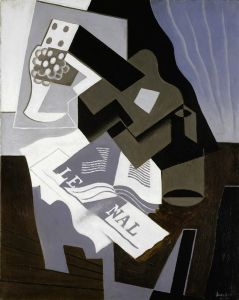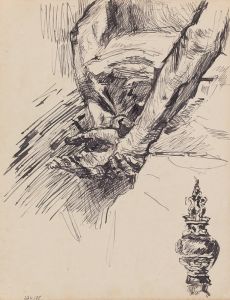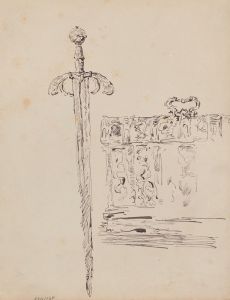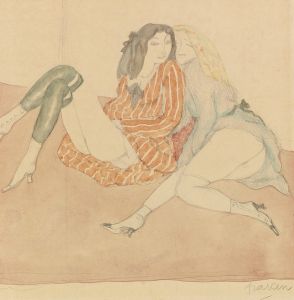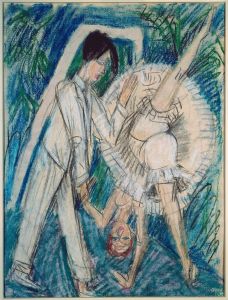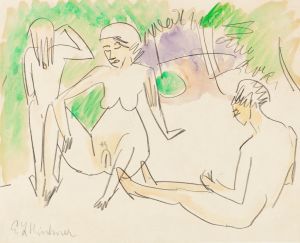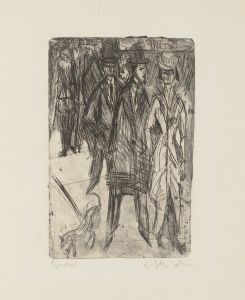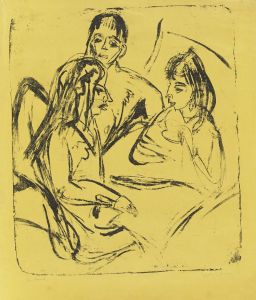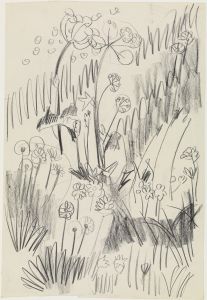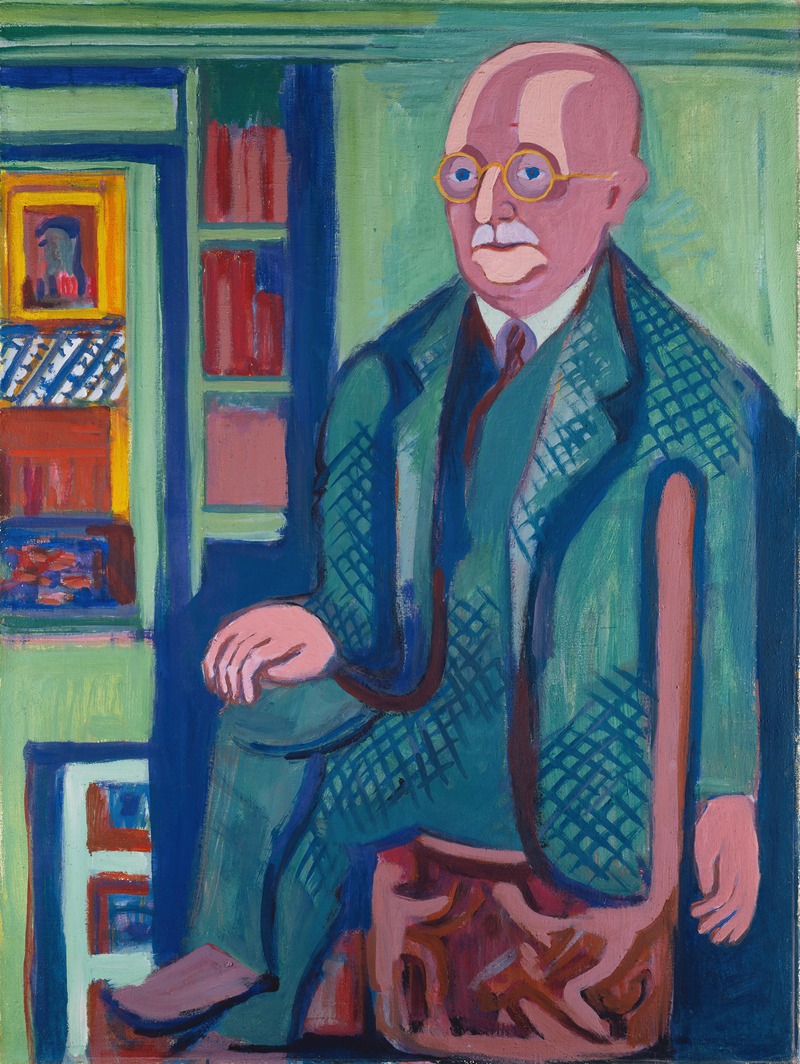
Portrait of Dr. Carl Hagemann
A hand-painted replica of Ernst Ludwig Kirchner’s masterpiece Portrait of Dr. Carl Hagemann, meticulously crafted by professional artists to capture the true essence of the original. Each piece is created with museum-quality canvas and rare mineral pigments, carefully painted by experienced artists with delicate brushstrokes and rich, layered colors to perfectly recreate the texture of the original artwork. Unlike machine-printed reproductions, this hand-painted version brings the painting to life, infused with the artist’s emotions and skill in every stroke. Whether for personal collection or home decoration, it instantly elevates the artistic atmosphere of any space.
The Portrait of Dr. Carl Hagemann is an oil painting created by the German Expressionist artist Ernst Ludwig Kirchner. The work is a striking example of Kirchner's bold and dynamic style, characterized by vivid colors, angular forms, and emotional intensity. Painted in 1926, the portrait depicts Dr. Carl Hagemann, a prominent German chemist, art collector, and patron of the arts, who was a significant supporter of the Expressionist movement and a close associate of Kirchner.
Dr. Carl Hagemann was known for his extensive collection of modern art, particularly works by members of Die Brücke (The Bridge), the influential Expressionist group co-founded by Kirchner in 1905. Hagemann's support for Kirchner and other artists of the group played a crucial role in the development and recognition of Expressionism during the early 20th century. This portrait reflects not only the personal connection between the artist and his subject but also the broader cultural and artistic exchanges of the time.
In the painting, Kirchner employs his signature style, using exaggerated forms and intense, non-naturalistic colors to convey the psychological depth and character of his subject. The composition is dynamic, with bold brushstrokes and a sense of movement that captures the energy and intellectual presence of Dr. Hagemann. The portrait is also notable for its emotional resonance, as Kirchner's work often sought to express the inner essence of his subjects rather than merely their physical appearance.
The Portrait of Dr. Carl Hagemann is part of the larger body of Kirchner's work that reflects his transition from the earlier, more radical Expressionist style of Die Brücke to a more refined and introspective approach in the later years of his career. This period of Kirchner's life was marked by personal and professional challenges, including his struggles with mental health and the changing political and cultural landscape of Germany during the interwar years.
Today, the painting is recognized as an important example of Kirchner's portraiture and his ability to capture the spirit of his time through his art. It is housed in the Städel Museum in Frankfurt, Germany, which holds a significant collection of modern art, including other works by Kirchner and his contemporaries. The museum's collection reflects the enduring legacy of Expressionism and its impact on the development of modern art in Europe.
The Portrait of Dr. Carl Hagemann remains a testament to the collaboration between artists and patrons during a transformative period in art history, as well as to Kirchner's unique ability to merge personal expression with broader cultural themes.






